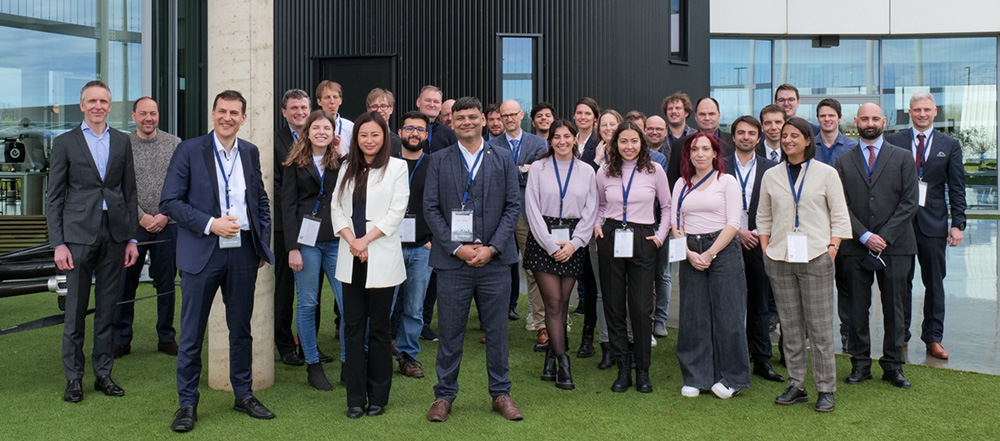On 7 April, partners in the SESAR U-space project, SAFIR Med, organised an open day to showcase their work on enabling the use of drones for medical service delivery. The event coincided with the successful completion of the project’s first series of flight trials.
Encouraged by the rapid growth in unmanned aerial systems and a maturing regulatory environment, the healthcare industry is embracing new opportunities for faster, more efficient transport of vaccines, samples, and emergency equipment while at the same time lowering environmental impact. Current figures show only 1 in 10 out-of-hospital casualties survive a heart attack, yet every minute saved in delivering an automated external defibrillator (AED) to a patient improves their life chances by 10%.
SAFIR-Med (Safe and flexible integration of advanced U-space services for medical air mobility) is a 2.7 million euros very large-scale demonstration project managed by the SESAR 3 JU with co-funding from the European Commission’s Horizon 2020 programme. The two-year project is trialling real-life applications, and identifying the support services that will be needed to operate safely, in several demonstrations taking place in 2021 and 2022. The flights are indicative of operations that will become possible when new European regulations start to take effect from 2023.
The event showcased the various medical use cases, including the transport of human tissue, biological lab samples and medicine, automated external defibrillator and patients with the use of unmanned air vehicles, as well as the supporting technologies developed and evaluated during the de-risking exercises in Droneport, preparing further improvements for the upcoming demonstrations in Antwerp and the Meuse-Rhine region.
The conference was structured in three sessions: Impact of U-space on cities, technologies developed in SAFIR-Med and Introduction of the use cases. The event attendees had the opportunity to find out about what is going on in the sector within the EU, from authorities, leading aviation and medical actors, as well as to network with the partners and learn more about their work at their respective booths.
Watch the presentations

